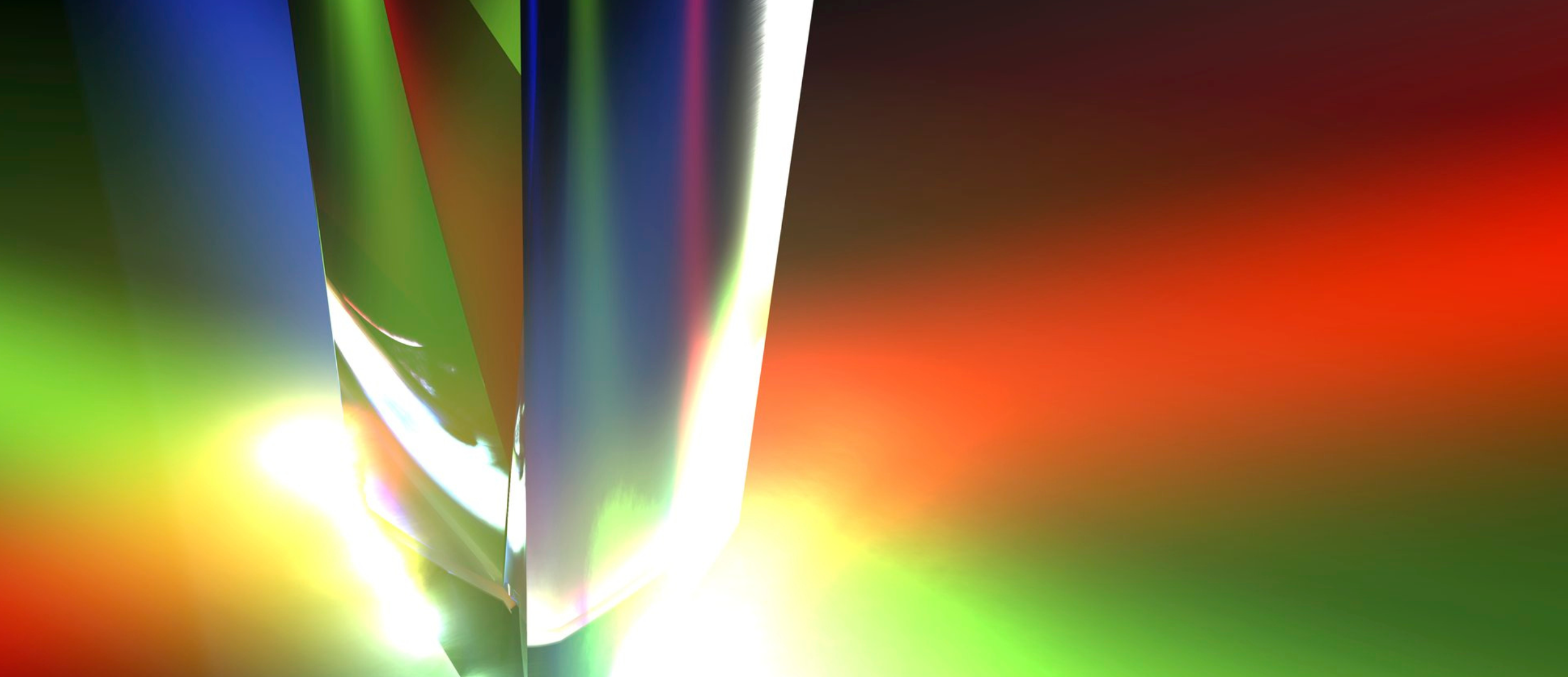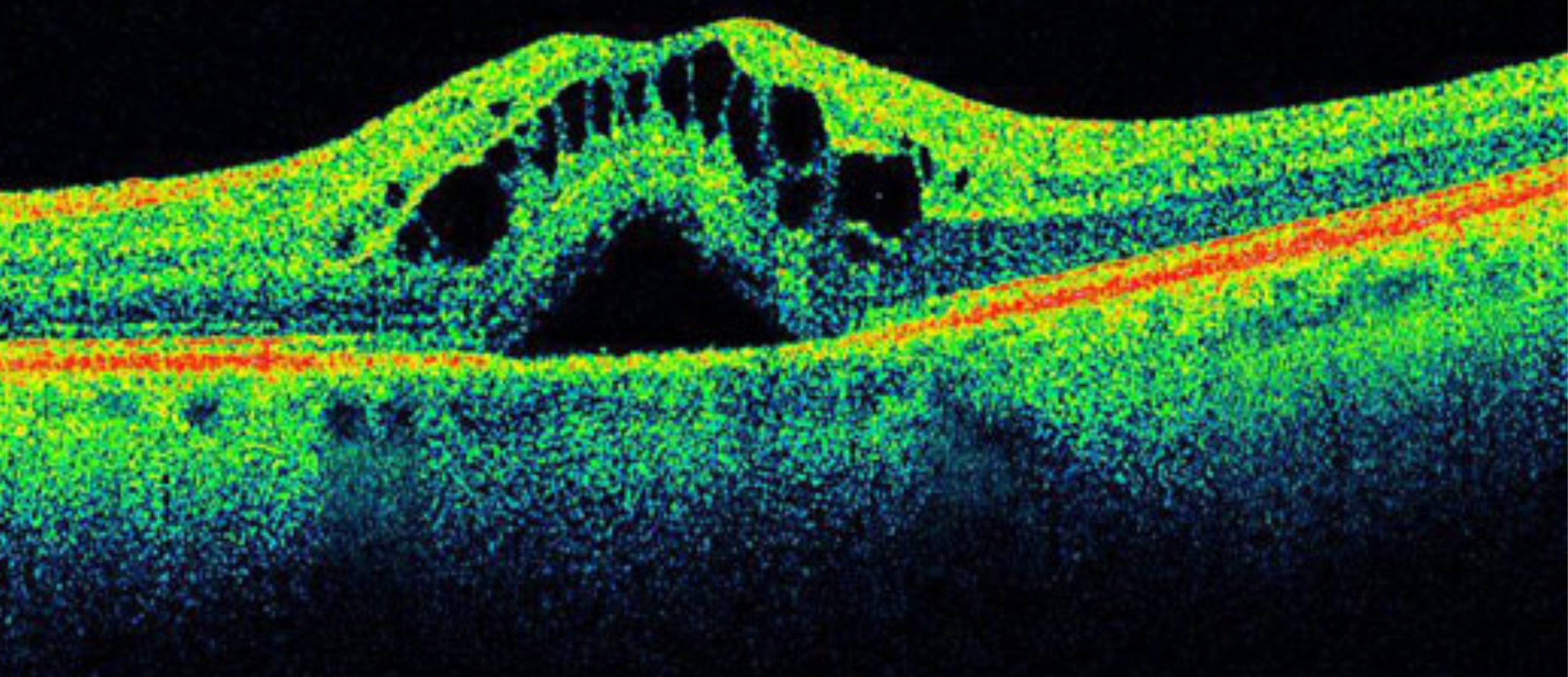A frequency comb is a laser source whose spectrum consist of a series of discrete and equally spaced frequency lines in the frequency domain. The laser name is originated because of those characteristic lines that resembles a comb “tooth”.
Frequency combs are regarded as a ruler for frequencies. This is possible by measuring the beat note of a signal and comparing it with the nearest line of the comb. To do this, the frequencies of the comb must be known.
Nevertheless, it is also possible to use them to link frequencies in different domains: to link microwave signals with optical waves (MHz-GHz to THz).
Nowadays, you can find frequency combs lasers in diverse fields such as: THz spectroscopy, optical communication, frequency metrology, quantum sensing and computing … And every day more applications continue to appear.
Repetition rate in frequency and time domain
One of the most important feature of a frequency comb laser is the repetition rate, which is the distance between two consecutive frequency lines, or which is the same, the variation of frequency in each harmonic. Figure [1] shows the train of pulses for different repetition rates in the frequency domain.

[Figura 1: Frequency comb with 1 GHz and 2.2 GHz repetition rate in frequency-domain]
The repetition rate in time domain is the time that passes between two pulses. Higher repetition rate means less time between pulses and greater distance between frequencies.
Other important features of frequency combs are the pulse duration, bandwidth, and amplitude noise. The combination of these characteristics defines how the laser works.
Advantages of a low-noise frequency comb
A frequency comb can be generated by diverse method and each method can generate disparate characteristics between them. As an example, there exist frequency combs with repetition rates between the range of a few kHz to hundreds of GHz. But if there is a similarity between them all is the need of an ideal performance as a low noise laser.
The noise performance of the frequency comb is important in applications that generate signals, such as radio frequency ones or millimetre waves. It will form a distortion in the signal. The lower the noise of the laser, the better the signal will be. There are also other applications where the noise performance affects the results.
FYLA’s frequency comb laser, Zephyr, offers a low phase noise, high repetition rates and good power stabilization (amplitude noise). This is possible because how the laser is built.
FYLA uses a diode centered at 910 nm and a fast SESAM (Semiconductor Saturable Absorber Mirrors) to reach stable emission in a resonator cavity (Fabry Perot type). Zephyr provides the dispersion properties needed to generate the solitonic solution by using Co-doped Erbium/Ytterbium fiber.
Moreover, both the pump and cavity have a complete polarization-maintaining (PM) configuration that correctly aligned, makes Zephyr work in a single-polarization regime, enhancing the stability. For more information of how FYLA’s frequency comb is generated see “Theoretical and experimental comprehensive study of GHz-range passively mode-locked fiber lasers”. It is an article written by our R&D team where you can find explained the seed generator of our Zephyr laser.
Active Mode-Locked vs. passive Mode-Locked Laser (MLL)
Mode-locking is a technique that creates pulses of extremely short duration with a laser. It locks the frequency to discrete parameters, generating a fixed repetition rate. There are two different types of mode-locking: active and passive. Active mode-locking methods use an external signal to induce the modulation that generates the locking. Passive mode-locking methods use element into the laser cavity that causes the self-modulation. Zephyr is a passive mode-locked laser.
Precisely, the main advantage of a passive mode-locking compared with an active one is a lower phase noise and amplitude noise. An active mode-locked laser needs an opto-electronic device that allows higher repetition rate but with a worse noise performance.
Different applications of the frequency combs
Optic frequency combs have become an indispensable tool in many laboratories. They are used in applications as:
- Telecommunications: It offers a possible solution to the limitations of the current communication network to create fast and stable links.
- Terahertz generation: The generation of electromagnetic pulses in the terahertz band. It was challenging until recent discoveries, but now a days is possible to use a femtosecond laser to generate these pulses by hitting specific materials.
- Quantum computing: Is a type of computing where the information is processed by quantum mechanism. The quantum mechanism works with frequency combs and more type of lasers. Quantum computers are more powerful and faster than the traditional counterpart.
This is the versatility and true potential of the frequency comb laser, a never-stop evolving tool that keeps finding new purposes in the scientific world.
Zephyr, FYLA’s frequency comb solution
Zephyr frequency comb laser is centered at 1535 nm with a high average power of 1.5 W. In addition, Zephyr has a short pulse duration of less than 100 fs and a bandwidth of more than 25 nm (at -10 dB).

[Figura 4: Optical Spectrum of Zephyr]
As passive mode-locking with high repetition rates (Higher than 1.2 GHz) and a low phase noise, Zephyr is a distinctive product in the frequency combs market. To know more about FYLA’s frequency comb laser, check the link Zephyr to the web page of the product.






